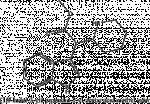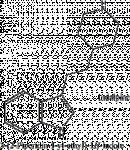Reminisant B
Greenlighter
- Joined
- Nov 3, 2005
- Messages
- 401
(1H-Indol-3-yl)-piperidin-2-yl-acetic acid methyl ester
Anyone think this will have serotonin reuptake properties? Possibly the logic is slightly hazy!
But seriosly anyone know if the piperadine ring structure works for tryptamines?
Looking at the chem 2d the Oxygen on the ester looks like its hitting the 4 position.
Anyone think this will have serotonin reuptake properties? Possibly the logic is slightly hazy!
But seriosly anyone know if the piperadine ring structure works for tryptamines?
Looking at the chem 2d the Oxygen on the ester looks like its hitting the 4 position.






